For international parents moving to Bergen in western Norway, figuring out schooling options for their kids is a big deal.
Some lean towards private or international schools to keep things consistent, especially if they’re used to a particular teaching style or curriculum, in the hope of providing a familiar environment for their children amidst the changes.
READ MORE: How much are the fees for Norway’s private and international schools?
Others appreciate the idea of private and international schools because they’re melting pots of cultures.
The International School of Bergen
The International School of Bergen (ISB) is located in the residential area of Sandsli, approximately 15 kilometres from Bergen’s city centre.
Established in 1975 to cater to the needs of international families, the school’s modernised and renovated building, completed in 2019, serves as a hub for learning and community building.
In addition to traditional classrooms, the school boasts facilities including a library, art rooms, a well-equipped science laboratory, and a gymnasium.
Beyond the school gates, ISB students have access to amenities, including a swimming pool, ice rink, and various sports facilities, which complement the school’s educational programs.
Regular field trips to local science discovery centres, museums, art galleries, and historical sites enrich students’ learning experiences, while Bergen’s countryside serves as an extended classroom for outdoor exploration.
You can find more information on tuition and fees for the school year 2024-2025 on the school’s website.
Møllebakken Private School
Møllebakken School caters to students across the region, from Åsane in the north to Os in the south and from Sotra in the west to Arna in the east.
With its doors open to learners from diverse backgrounds, the school prides itself on fostering a vibrant and inclusive educational environment.
In the academic year 2023 – 2024, Møllebakken School had an enrollment of approximately 73 students.
Beyond academics, Møllebakken School cultivates a sense of community through several annual school events – such as fundraising for humanitarian causes and ski camps – that bring together students, parents, and educators.
School and parental after-school fees are payable for 11 months each year. When it comes to pricing, for children in levels 1st to 6th grade, the general school fee amounts to 1,250 kroner per month.
For youth in levels 7th to 10th grade, the price is set at 1,650 kroner per month. A separate fee, referred to as “capital costs,” is allocated for maintaining the school. This amounts to 1,000 kroner per year per pupil.
The Montessori School in Bergen
The Montessori School in Bergen offers primary education from the 1st to 10th grades, guided by the principles of Montessori pedagogy.
As Bergen’s oldest and largest Montessori institution, it prides itself on providing a nurturing and empowering educational environment.
READ MORE: How many children in Norway attend a private or international school?
As a private school, the Montessori School offers an alternative to traditional public education. The teachers act as guides and facilitators, encouraging students to explore, experiment, and learn through trial and error.
Central to its approach is the belief in fostering independence, self-reliance, and a sense of contribution in each child.
The school ensures that Montessori pedagogy remains at the forefront of its teaching practices while aligning with key Norwegian competency goals.
You can learn more about the application process on the school’s website.
Metis Private School
Metis Private School is centrally located at Lars Hilles gate 17, between Grieg Hall and Bergen’s main bus station.
The school prides itself on having a 99 percent graduation rate among its upper secondary school students.
It charges a standard cost for all pupils, totalling 18,400 per year (as per 2023/2024 prices), which is invoiced at a rate of 1,840 kroner per month for ten months.
The second part of the school fees is flexible and varies based on the specific educational activities in a student’s program.
Metis also offers additional benefits to its students, which include a MacBook with Office and Adobe Suite, a school bag, and a school jumper, all provided without extra charges.
St. Paul’s Catholic School
Since its establishment in 1873, St. Paul’s Catholic School has been a cornerstone of Catholic primary and lower secondary education in Bergen.
The school welcomes approximately 340 students annually, spanning from 1st to 10th grade.
The school is a member of the Association of Christian Free Schools (KFF) and operates under public supervision by the Norwegian Directorate of Education.
Public grants, in accordance with the Private Schools Act, cover a significant portion of operating expenses, though tuition is generally considered quite expensive (the school does have a reputation of being among Bergen’s best, after all).
The school’s students often rank among the top Bergen schools when it comes to national-level performance in subjects such as English, reflecting its dedication to educational excellence.
You can find out more about St. Paul’s admission rules and tuition on the school’s website.
Rudolf Steiner School
In 1929, Bergen became home to one of Norway’s earliest Rudolf Steiner Schools, marking the city’s introduction to Steiner education.
READ MORE: Can I take my kids out of their Norwegian school during term time for a holiday?
At the heart of the Steiner pedagogy lies a commitment to nurturing the whole person, encompassing intellectual, emotional, and practical development.
In Steiner schools, subjects such as art and practical skills are equally important alongside traditional academic disciplines, fostering an engaging learning environment.
The school combines state funding (85 percent) with parental contributions (15 percent) to sustain its operations. At the time of writing, the parental contribution rates were as follows:
- For a single child in grades 1 to 4: 34,000 kroner per year, divided into ten semesters.
- For a single child in grades 5 to 7: 35,000 kroner per year, divided into ten semesters.
- For a single child in grades 8 to 10: 36,160 kroner per year, divided into ten semesters.
Parents have the option to apply for reduced parental payments. To do so, they must submit their application by July 1st for the following school year.
Bergen Private Gymnasium
Situated at Lars Hilles gate 15, Bergen Private Gymnasium (BPG) offers state-supported upper secondary schooling for up to 525 students.
Conveniently located just a short stroll from the central bus station, the school enjoys easy access from all directions, making it a convenient choice for students across Bergen.
BPG recently renovated its premises, and its classrooms are equipped with adjacent group rooms that facilitate both independent study and collaborative projects.
The school also features designated zones for socialising, and its auditorium provides a space for hosting lectures, concerts, and other events.
For the school year 2023/2024, Bergen Private Gymnasium has outlined a two-part fee structure.
The first part of the school fees is uniform for all students and amounts to 18,400 kroner per year.
The second part of the school fees varies depending on the specific educational activities a student participates in.
These activities can include theatre visits, cinema outings, skiing days, activity days, field trips, and study trips abroad.


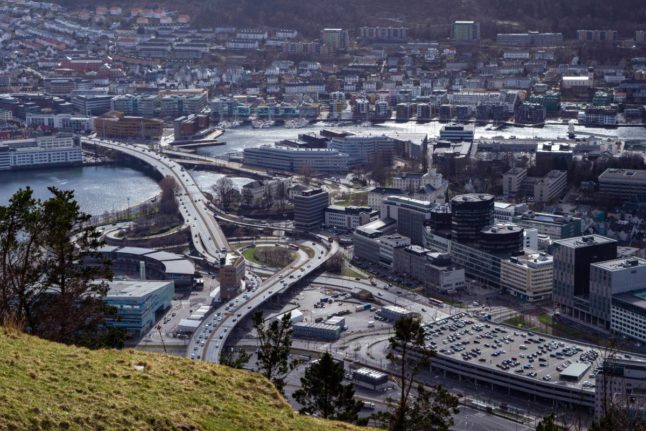
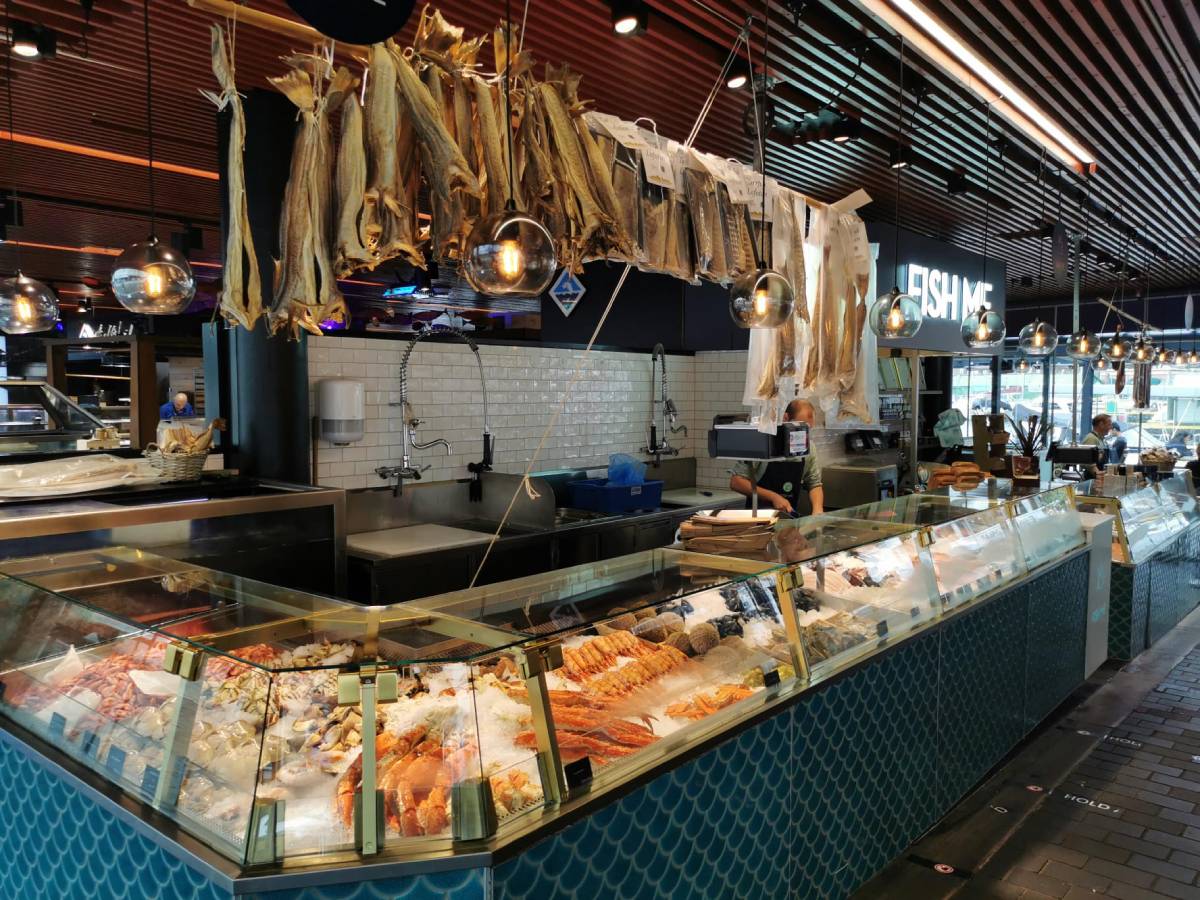
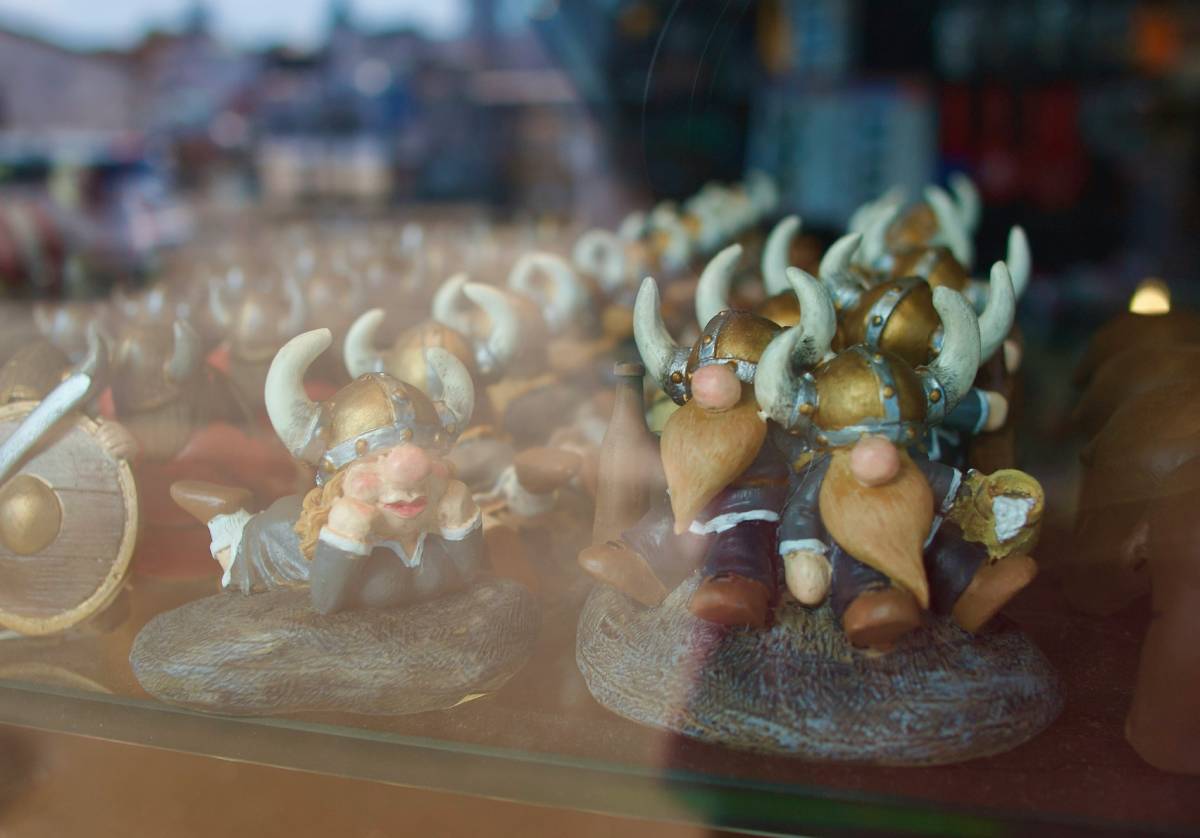

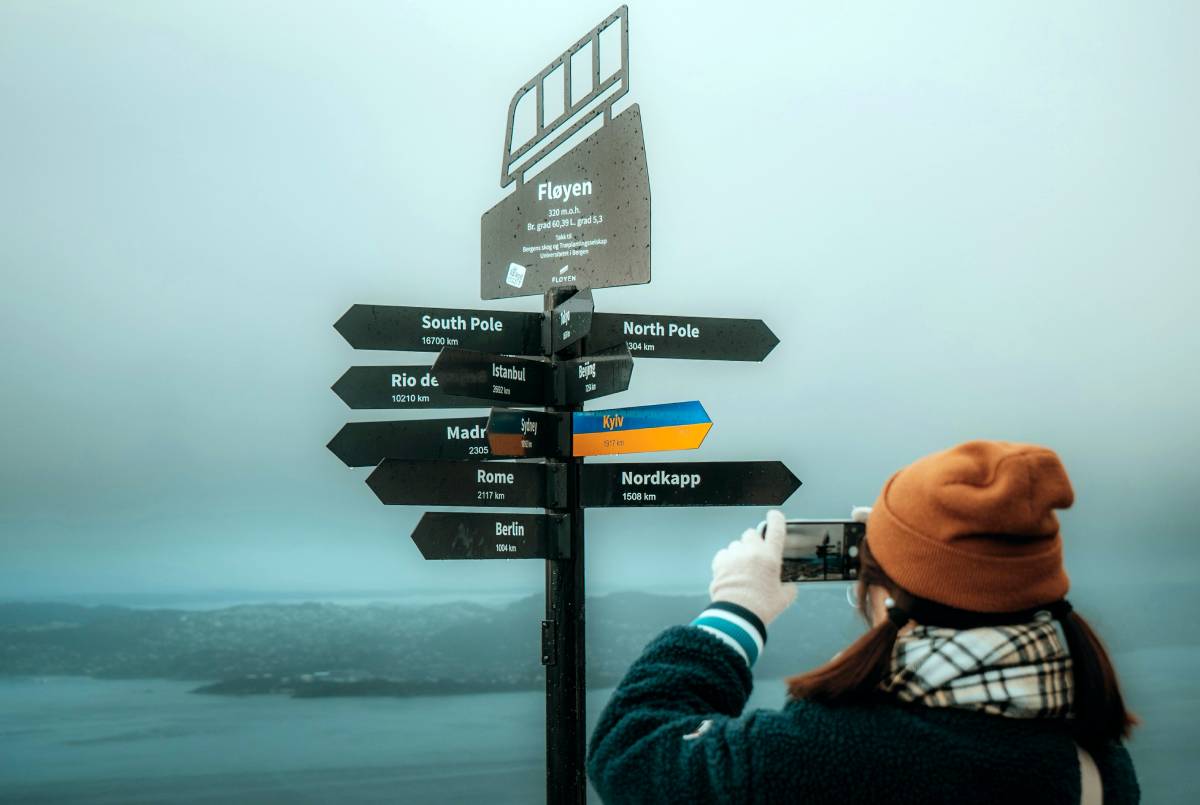
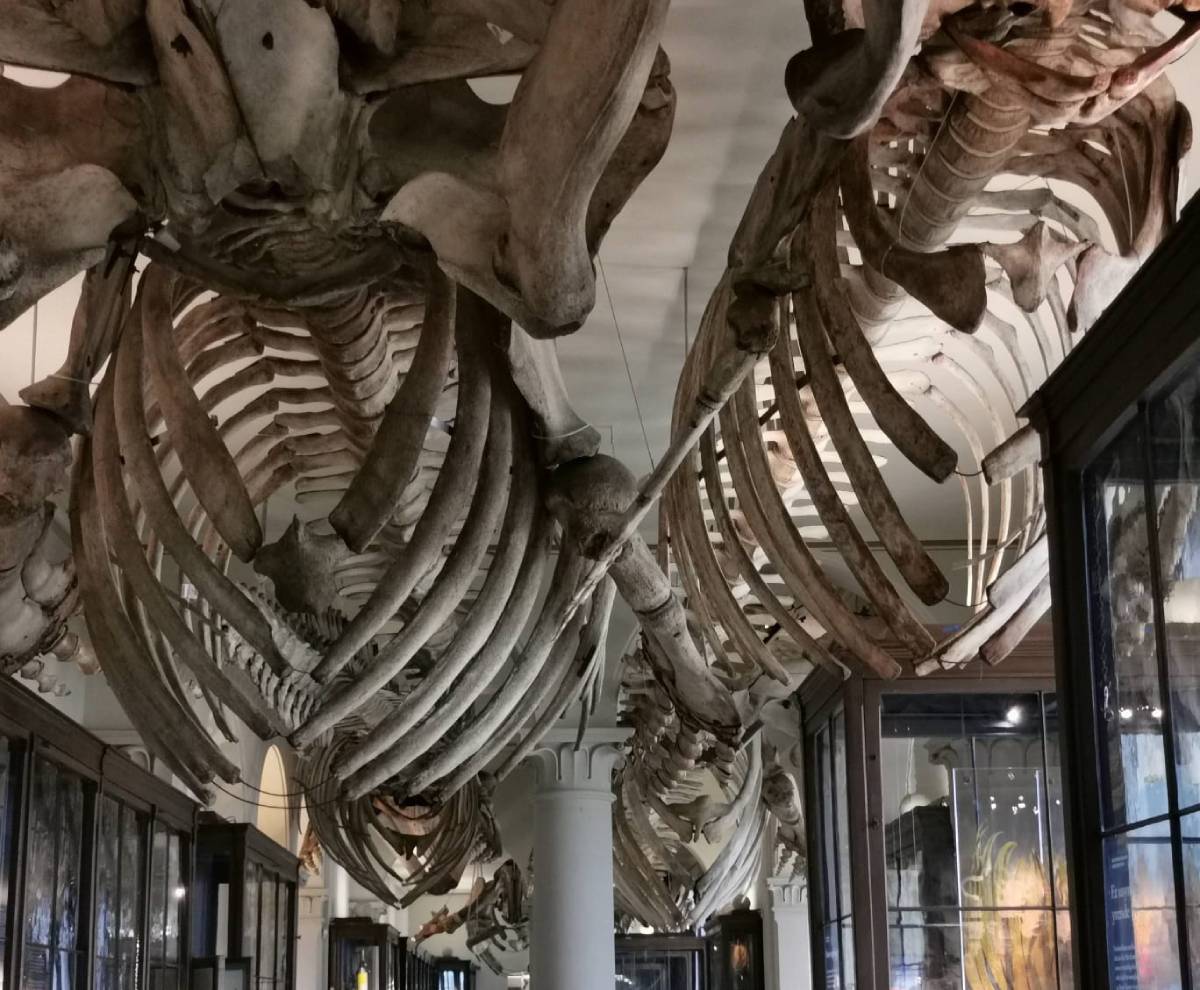
 Please whitelist us to continue reading.
Please whitelist us to continue reading.
Member comments